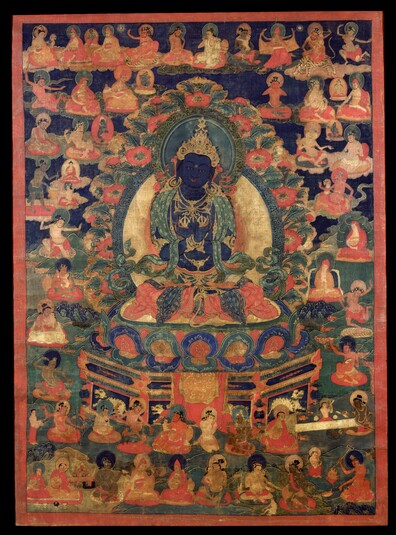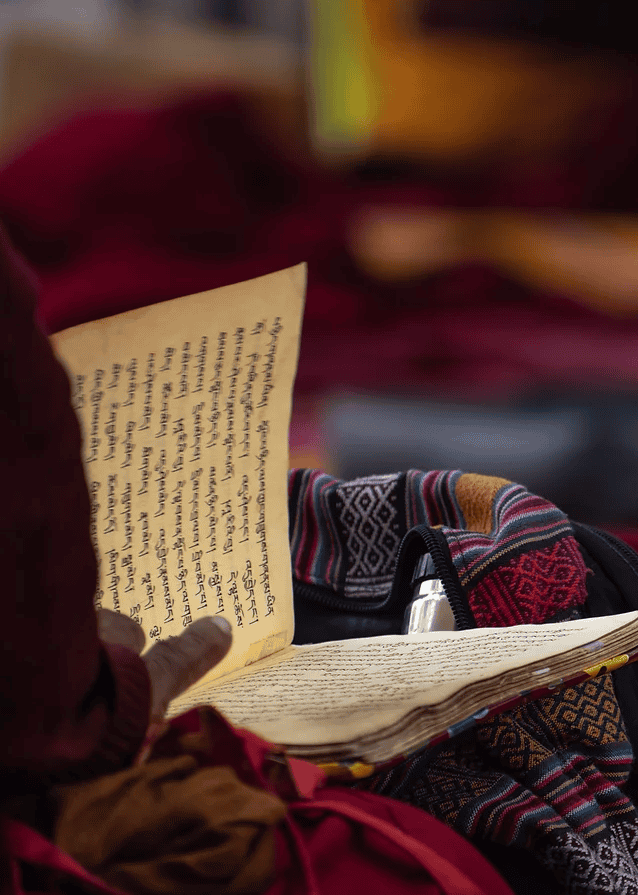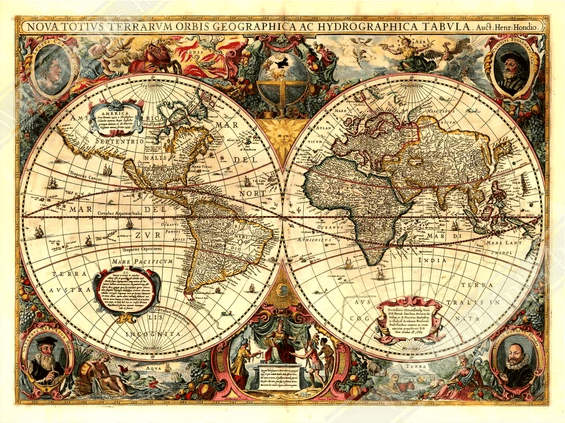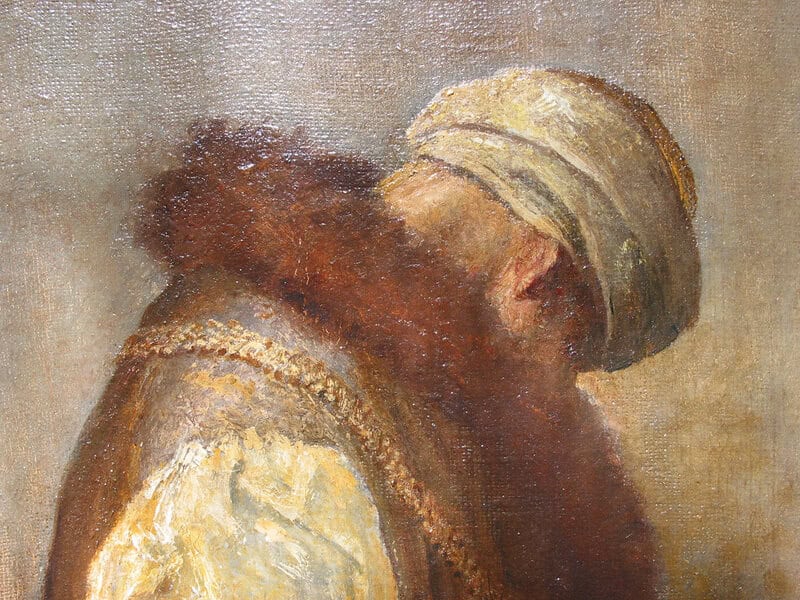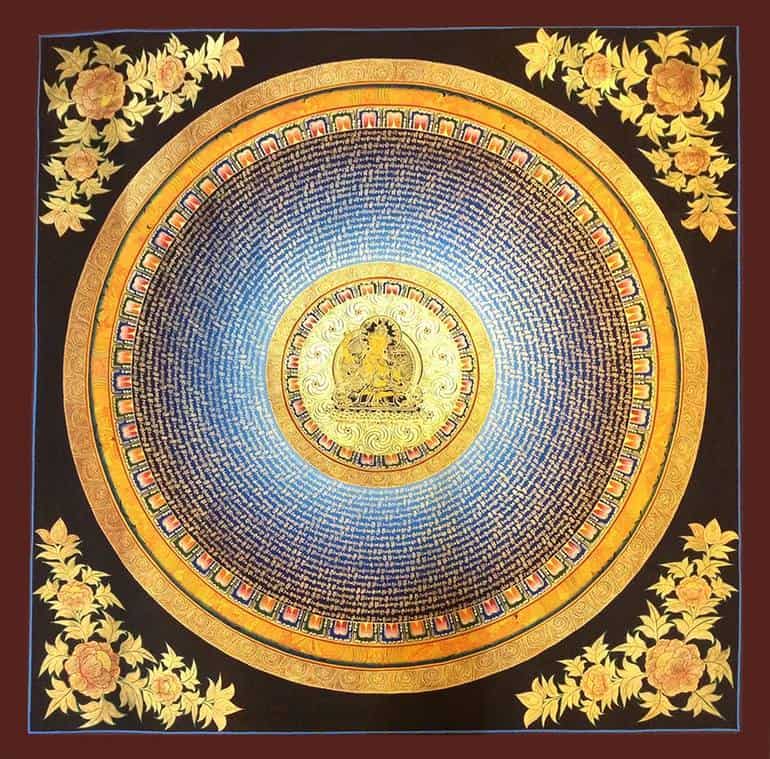A Beautiful Guru Student Relationship Metaphor – Guru is the Mirror
In response to a reply saying that: The dust does not come from teacher – it means it comes from you; which means the mirror itself – more exactly its ability to reflect, is part of your mind, not something “outer”. Absolutely! The guru is the mirror with which you are able to see your […]
A Beautiful Guru Student Relationship Metaphor – Guru is the Mirror Read Post »

